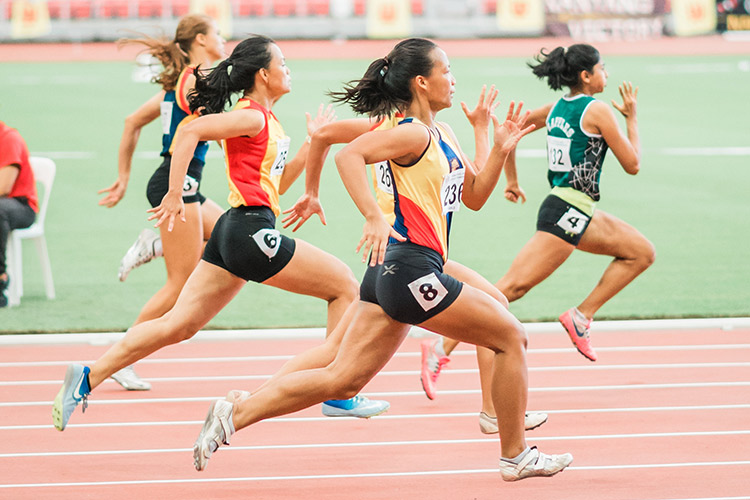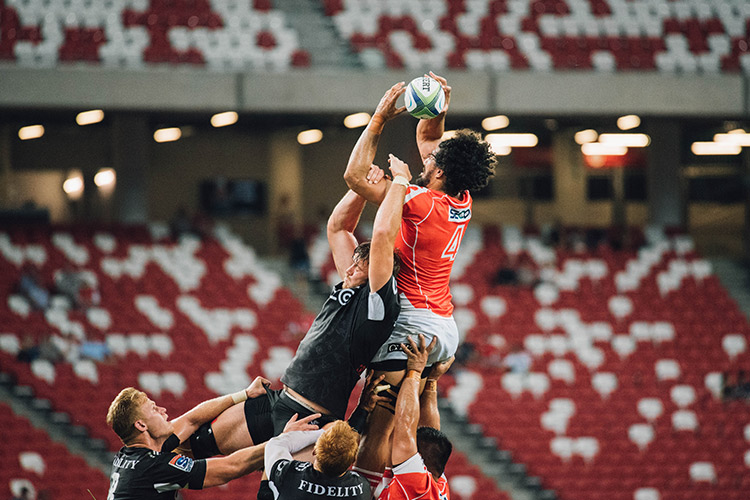Assessing Movement Through Gait Analysis
Gait analysis is a type of movement assessment focused on an individual’s motion pattern and human locomotion. Once confined to the laboratory, this form of assessment is now mainstream. Casual runners and gym goers are becoming increasingly aware of the importance of gait mechanics and how it affects not only performance, but everyday movement too. With a quarter of the bones in the body located below the ankle, the foot complex is an essential joint system to evaluate and manage. There are various technologies which are available to assess gait, from insole pressure mapping to force plates and high speed cameras, often times used simultaneously. Pressure mapping and its application is often confused with force plate analysis, however the main difference is that force plates give direct objective kinetic measurement, while pressure mapping gives a more descriptive application of ground reaction forces.

Techniques in Gait Analysis
Using pressure mapping for in depth gait analysis allows the collection of key metrics such as gait curves, center of pressure and symmetry profiles. Gait curves are valuable as they enable practitioners to understand the norm of the athlete when running and walking and therefore can help identify negative changes and dysfunction which may lead to injury. Center of pressure measures the trajectory of the entire foot strike based on the surface area and pressure of the step. Symmetry profiles are becoming increasingly interesting as applied research in the area develops. Although asymmetry is sometimes necessary in sport, knowing what that data looks like pre-injury can help practitioners design and implement return to performance protocols with a clear goal in mind.

From Force Plate to Field
As mentioned above, force plates give kinetic measurements and have become popular in sport for jump analysis and change of direction analysis. However, due to their limiting size, it is often hard to measure more than one step on a force plate. Only a few institutions across the world are lucky enough to have multiple force plates embedded into the floor to allow a full gait cycle to be assessed. For this reason, video is favored as it allows the collection of kinematic data which is essential for gait analysis. High speed cameras, once confined to the laboratory have become more readily available with everyday smart phones now able to collect video above 240 frames per second and apps being developed to estimate ground contact time when walking and running. These technological advancements have brought gait analysis to the mainstream and have allowed everyday runners and gym goers to be educated in the importance of gait mechanics.
Turning Theory into Practice
So how do people actually use this technology to improve their practice? We’ve collected a list of case studies and articles that share insights from different practitioners on how they’ve used gait analysis in sports to improve the health and performance of their athletes and patients:
- Using inertial sensors to improve the return to play process. A case study with Loughborough University.
- Discovering deeper insights into lower limb loading: A case study with a Premier League academy
- Lower limb monitoring for injury rehab

